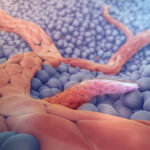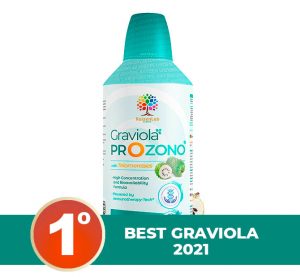![Patricia couldn't help but cry with relief. [Ovarian cancer]](https://en.graviola.pro/wp-content/uploads/2023/10/patricia-couldnt-help-but-cry-with-relief-ovarian-cancer-300x300.jpg)
Diagnosed with late-stage serous ovarian cancer a year ago, she couldn’t seem to escape the spiral of bad news.
This type of cancer, which is one of the most aggressive forms of ovarian cancer , is characterized by tumors that contain a fluid called serous. It is usually very resistant to treatments, and Patricia had experienced it firsthand.
The initial surgery to remove the tumors and ovaries was just the beginning of her battle. He followed chemotherapy with carboplatin and paclitaxel, a fairly standard but brutal regimen. Each session left her nauseated, weak, and her
feeling of exhaustion was so overwhelming that she could barely get out of bed some days. Radiotherapy was no better either; Although she was targeted at a specific area, she felt like her entire body had been thrown into a furnace.
Six months of this cycle seemed like an eternity, but Patricia endured it, hoping the treatment would work.
Unfortunately, cancer was more cunning. At her follow-up checkup, Dr. Martínez, her oncologist, regretfully informed her that the tumors had returned.
The doctor then introduced her to an additional strategy: Graviola Prozono . “The treatments you’ve been receiving are like trying to catch an elusive fish with a sieve.”
You capture some, but others escape. Graviola Prozono works differently; “Think of it as freezing the entire pond so the fish has nowhere to swim.”
Something inside told him he had to try it. She started taking Graviola Prozono along with her conventional treatments . At first she didn’t notice much difference, but after a month, something changed.
She began to feel stronger, the side effects of the other treatments were mitigated , and, most importantly, she felt as if she finally had control over her life.
At his next check-up, the scan showed that the tumors had stopped growing. It was as if the cancer was finally at a standstill, trapped by the new strategy.
Patricia couldn’t help but cry with relief.
“I hope you now understand the importance of cutting off the ‘food’ supply to cancer cells through angiogenesis , “ said Dr. Martínez, sharing his joy.




![Patricia couldn't help but cry with relief. [Ovarian cancer]](https://en.graviola.pro/wp-content/uploads/2023/10/patricia-couldnt-help-but-cry-with-relief-ovarian-cancer-150x150.jpg)
